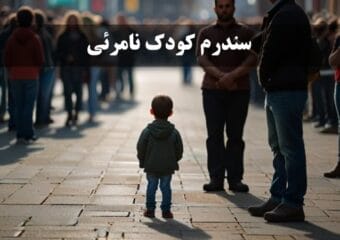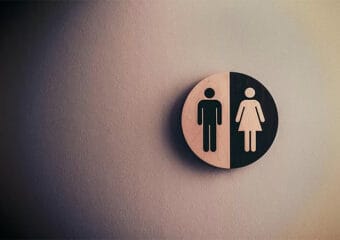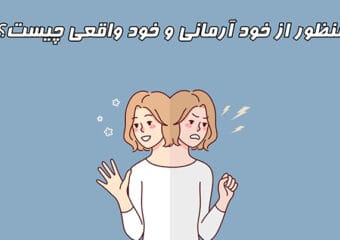
Blog
Bedwetting in children

What is Enuresis in Children? Enuresis is the complete loss of control over urination or involuntary emptying of the bladder, also known as enuresis or bedwetting. This disorder can be caused by a variety of factors and is usually normal in infants and toddlers.
To better understand the various causes, you need to have a basic understanding of the processes involved in the act of urination.
فهرست عناوین
ToggleKey Points About Urinary Incontinence in Children
Here are some key points regarding urinary incontinence in children:
- Urinary incontinence is very common among children.
- Bedwetting (nocturnal enuresis) is more common than daytime incontinence.
- Most cases of urinary incontinence are non-physical and resolve without serious intervention.
- Persistent primary and secondary enuresis may require medical evaluation.
- The main treatment for bedwetting is behavioral modification.
- Fewer than 1% of children with urinary incontinence continue to experience it in adulthood.
- Urinary incontinence in children presents in various forms.
- In its simplest form, childhood enuresis is divided into two types.
- Nocturnal enuresis occurs during sleep, while diurnal enuresis happens during the day and waking hours.
- Enuresis is often referred to as bedwetting and is the most common form of urinary incontinence in children over the age of five.
- Diurnal enuresis is more common in younger children and is often due to certain behaviors, though it can occasionally signal more serious issues.
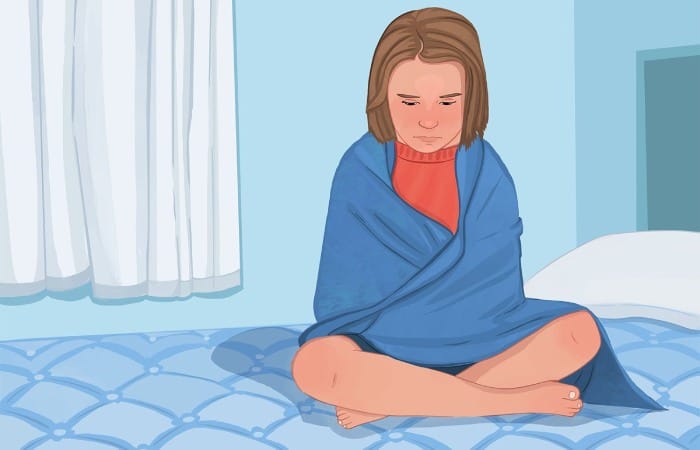
Types of Bedwetting
Enuresis can be classified as either primary or secondary:
- Primary Nocturnal Enuresis: In this type, the child has experienced bedwetting since early childhood. It usually indicates an underdeveloped or immature nervous system. The child is unable to recognize a full bladder during sleep.
- Secondary Nocturnal Enuresis: This refers to incontinence in a child who had previously maintained dryness for at least six months but has resumed bedwetting. It often suggests possible physical or emotional issues.
Suggested article: Learning disorder
Prevalence of Urinary Incontinence in Children
Studies show that 20 percent of all 5-year-olds and 10 percent of 7-year-olds have bedwetting, and of these, up to 20 percent also experience some degree of daytime incontinence.
Bedwetting is more common in boys and daytime incontinence is more common in girls.
Secondary bedwetting accounts for about a quarter of cases and is often associated with some psychological stress or anxiety.
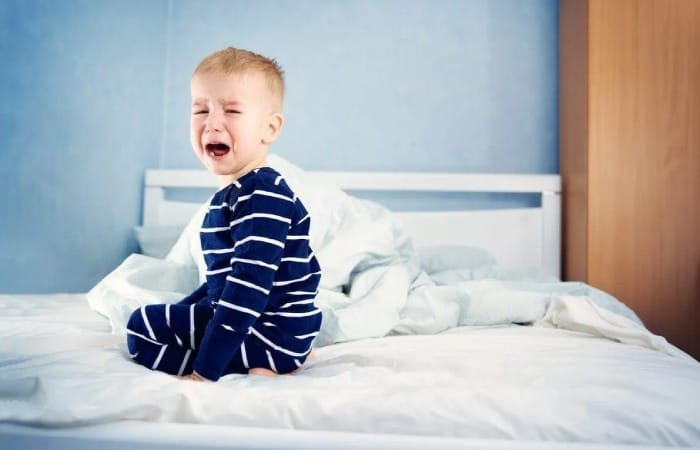
Cause of enuresis
There is a distinction between physical and non-physical causes of urinary incontinence.
Urinary incontinence is most often caused by non-physical problems, but since there are also physiological causes, it is best for doctors to first evaluate affected children. The evaluation always begins with a thorough history and physical examination.
On the other hand, it should be kept in mind that psychological stressors such as the start of a new school year, the birth of a sibling, or parental disputes are involved in the occurrence of bedwetting in children.
- Skills: The child may not have the skills to control their bladder or have a small bladder capacity.
- Muscle: Weakness of the muscles involved in urination (sphincter muscles)
- Coordination between the brain and bladder: In some children, the process of coordination between the bladder and brain during sleep may take longer.
- Low levels of the hormone vasopressin (ADH): This helps the kidneys produce urine. Children who have bedwetting produce less of this hormone.
- Urinary tract infections: Urinary tract infections in children can cause difficulty with bladder control. For children who have significant daytime symptoms, ultrasound imaging of the urinary tract, including the bladder and kidneys, may be needed to evaluate for anatomical abnormalities.
- Deep sleep: Some children have deep sleep, so their brain cannot receive the signal that the bladder is full.
- Bad toilet habits: Most children do not go to the toilet during the day and postpone it as much as possible.
- Diabetes: Children with diabetes produce increased amounts of urine in their bodies to help them excrete excess sugar.
- Psychological and Emotional Issues: High-stress environments, such as persistent family conflict, can contribute to enuresis. Major life changes — like the birth of a new sibling, starting school, or moving to a new home — may cause emotional stress that triggers bedwetting.
Children who have experienced sexual or physical abuse may also exhibit bedwetting. Likewise, those raised by aggressive or overly controlling parents are more prone to this issue.
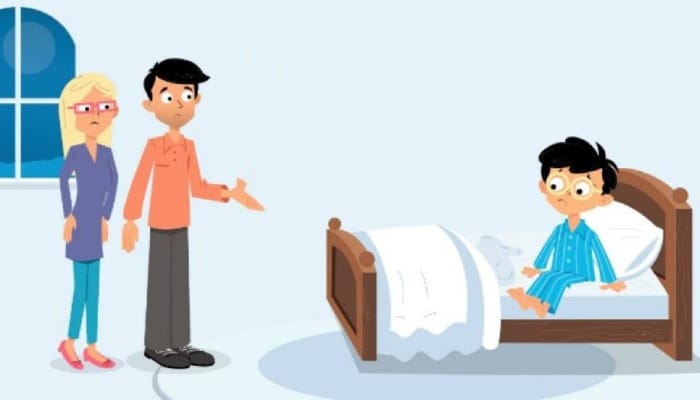
Prognosis of Urinary Incontinence in Children
The prognosis of urinary incontinence depends on its underlying cause. However, most children who suffer from non-physical causes of bedwetting tend to outgrow the condition naturally, and less than 1% continue to experience persistent bedwetting into adulthood.
Suggest article: Psychology Clinic
What Is the Treatment for Urinary Incontinence in Children?
Treatment depends on the primary cause of the problem:
- Behavioral therapy: Initial treatment for bedwetting usually involves behavior modification. Behavior modification includes positive reinforcement, encouraging frequent urination during the day, and periodically waking the child at night, limiting fluid intake before bedtime.
- Alarms: An alarm will sound when a child wets the bed. Most children will stop urinating when the alarm goes off. The child’s parents should get up and help the child to the bathroom to encourage urination, change the wet sheets and pajamas, and reset the alarm.
- Psychotherapy: If the child’s bedwetting is secondary to bedwetting, they should be referred to a therapist for psychological and emotional support. Children are embarrassed by their bedwetting, and this shame can damage their self-esteem, so it is important to try to reduce the environmental and psychological effects of this condition.
- Drug therapy: Drug therapy is the last resort for bedwetting in children. Medications can be effective in reducing urine production.
برای مشاوره رایگان و رزرو وقت (یا اگر تماس گرفتید و قادر به پاسخگویی نبودیم) شماره تماس خود را وارد کنید. ما به زودی با شما تماس می گیریم!

